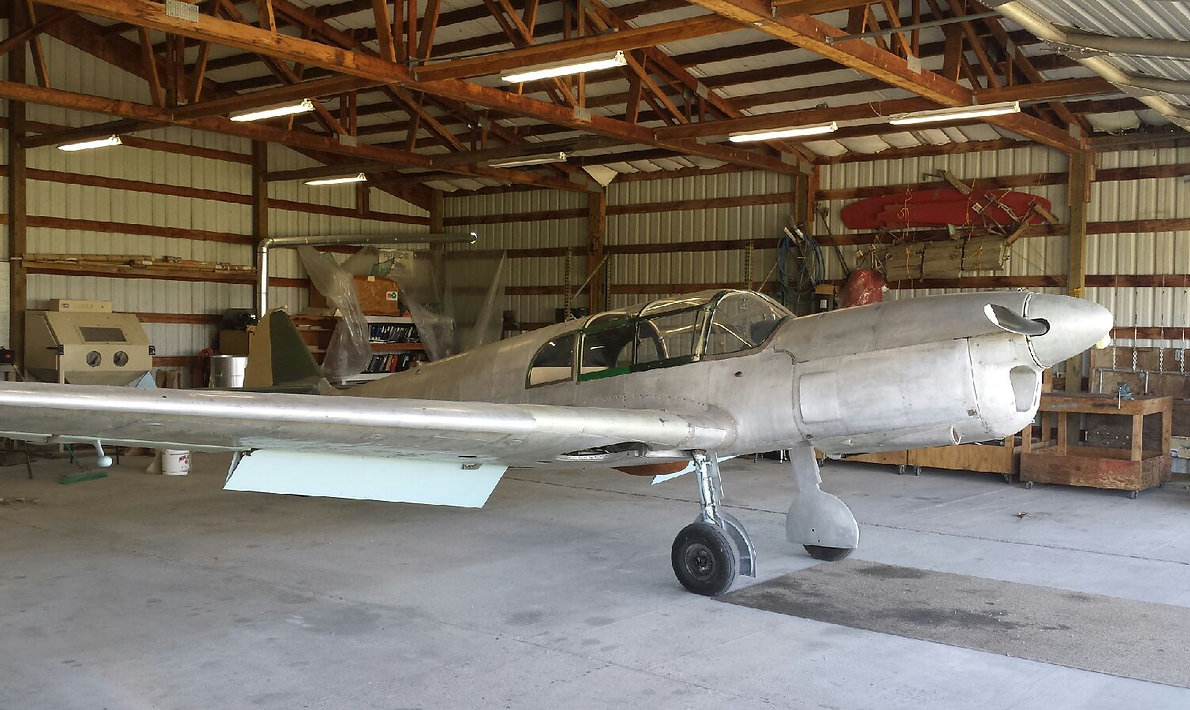Hi All,
I am looking to purchase an aircraft to be used for commuting from Northern California to my job in Los Angeles. I have had lots of time to day dream (and night dream) of flying this route instead of driving during my commute as I haul (you know what) up and down I-5 for 5 hours at a whack...plus pit stops and traffic...Gee I cant wait till the central valley fog hits...Grrr...
My search has gone round and round from a real nice Beechcraft Debonair to a Velocity to a Comanche...to a Mooney...then repeat.
The older certified airframes can be had for relatively cheap however most have outdated avionics and parts can be difficult to find.
An experimental would be way more cost effective because I can do the maintenance myself.
For this dream to become a reality, I really need a reliable solid IFR platform with a stable. approach coupled autopilot for safety during those late night/ early morning, fog in the air and in my eyes, trips.
Some days I will need to fly fast however on most other days I can pull it back to save on fuel.
I sat in a Velocity XL-RG (did not fly in it) and the cabin width felt a bit tight so that combined with the fact that I have three kids would make a Velocity XL-RG "Dash 5" (two adult seats in front and 3 small-ish adult seats in back) more practical than a four seater Velocity or an aluminum legacy airplane.
Most flights will be with either me alone or with my work partner and our roller bags and computer bags.
I looked at a Lancair 360 and that airplane is just way too small and it simply does not have any luggage space. Except for the Mooney, the other old airplanes are real comfortable to sit in because the seats are taller than the Velocity and the cabins are kinda roomy.
The flight will be 203 NM from home to work so I am trying to run some numbers to see how do-able this in. I guess I will need to do a round trip 5 times a month. It would be best to have an airplane that can do the round trip without having to refuel as my home airport has reasonable fuel cost as compared to the airport in SoCal.
Any help/ suggestions would be greatly appreciated...
Bill
I am looking to purchase an aircraft to be used for commuting from Northern California to my job in Los Angeles. I have had lots of time to day dream (and night dream) of flying this route instead of driving during my commute as I haul (you know what) up and down I-5 for 5 hours at a whack...plus pit stops and traffic...Gee I cant wait till the central valley fog hits...Grrr...
My search has gone round and round from a real nice Beechcraft Debonair to a Velocity to a Comanche...to a Mooney...then repeat.
The older certified airframes can be had for relatively cheap however most have outdated avionics and parts can be difficult to find.
An experimental would be way more cost effective because I can do the maintenance myself.
For this dream to become a reality, I really need a reliable solid IFR platform with a stable. approach coupled autopilot for safety during those late night/ early morning, fog in the air and in my eyes, trips.
Some days I will need to fly fast however on most other days I can pull it back to save on fuel.
I sat in a Velocity XL-RG (did not fly in it) and the cabin width felt a bit tight so that combined with the fact that I have three kids would make a Velocity XL-RG "Dash 5" (two adult seats in front and 3 small-ish adult seats in back) more practical than a four seater Velocity or an aluminum legacy airplane.
Most flights will be with either me alone or with my work partner and our roller bags and computer bags.
I looked at a Lancair 360 and that airplane is just way too small and it simply does not have any luggage space. Except for the Mooney, the other old airplanes are real comfortable to sit in because the seats are taller than the Velocity and the cabins are kinda roomy.
The flight will be 203 NM from home to work so I am trying to run some numbers to see how do-able this in. I guess I will need to do a round trip 5 times a month. It would be best to have an airplane that can do the round trip without having to refuel as my home airport has reasonable fuel cost as compared to the airport in SoCal.
Any help/ suggestions would be greatly appreciated...

Bill


